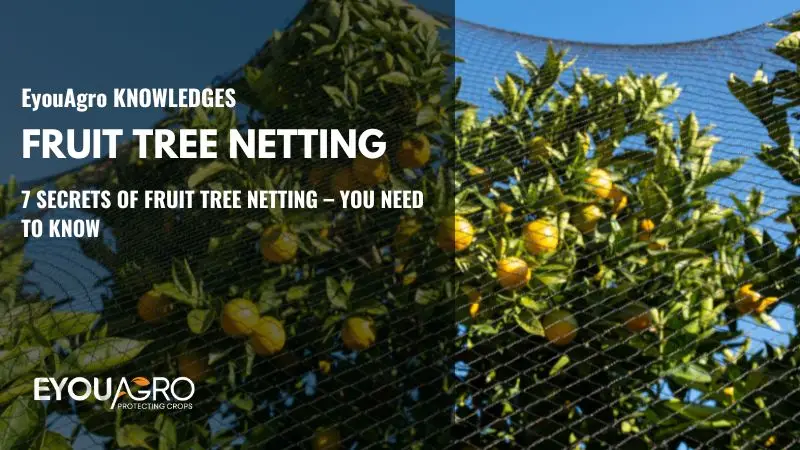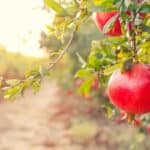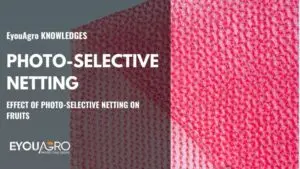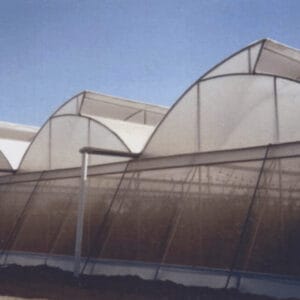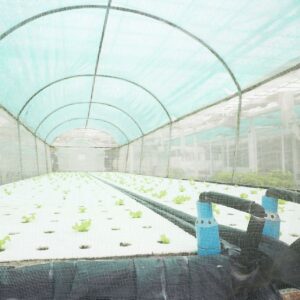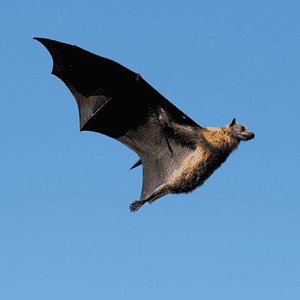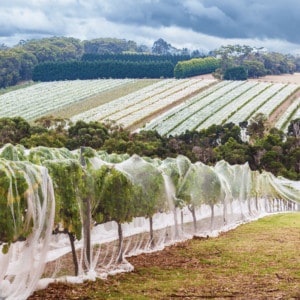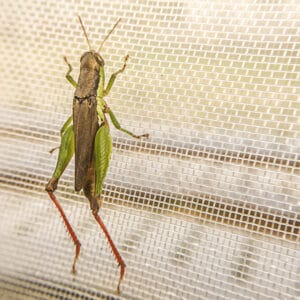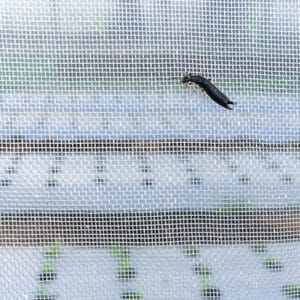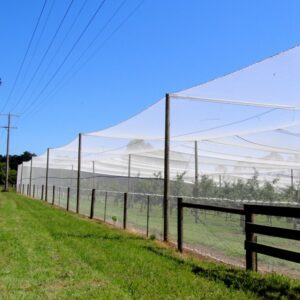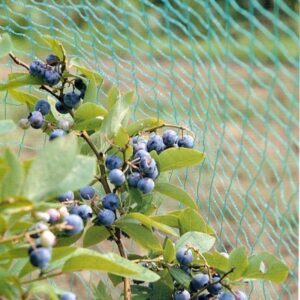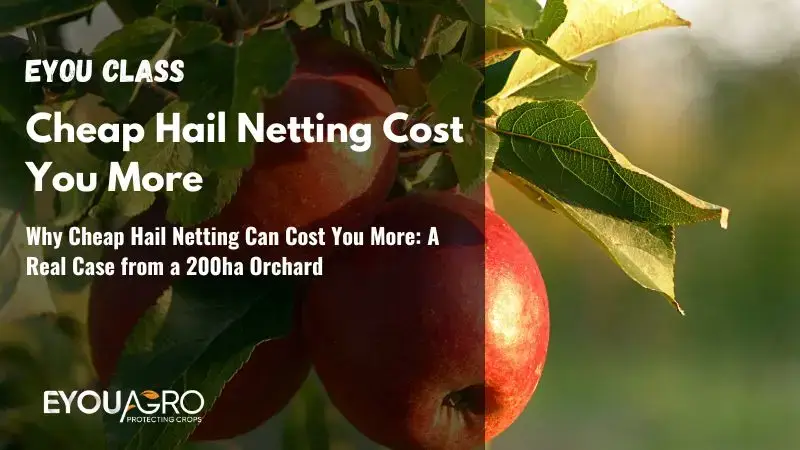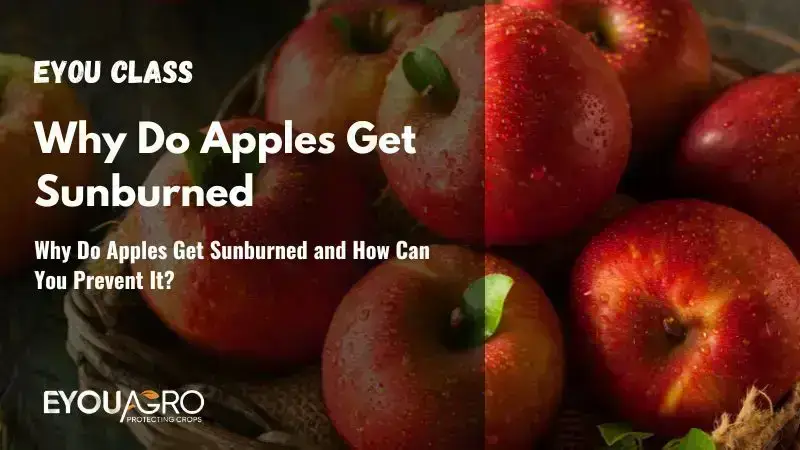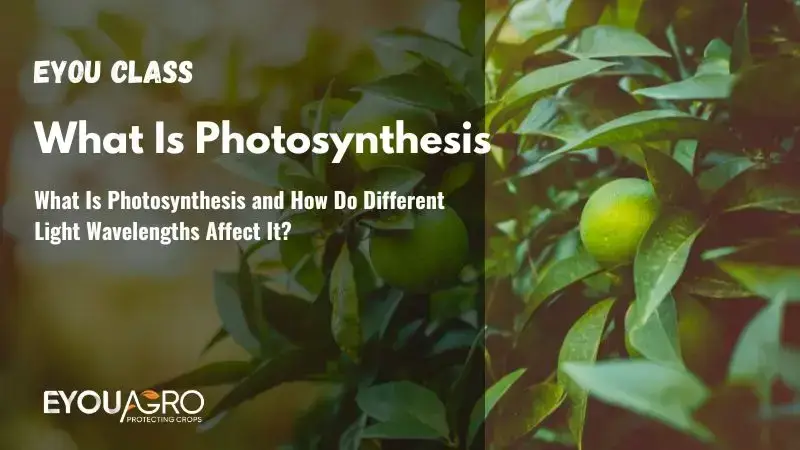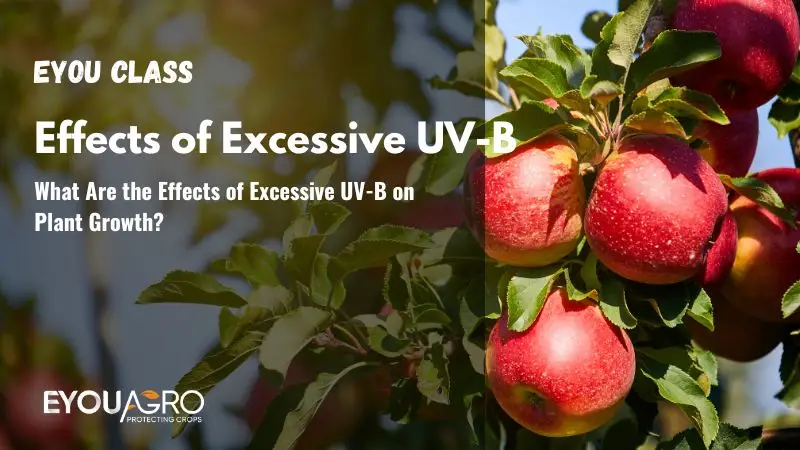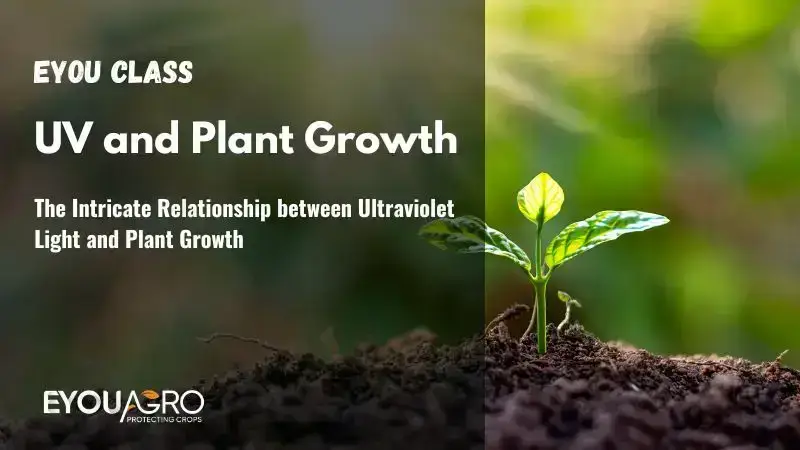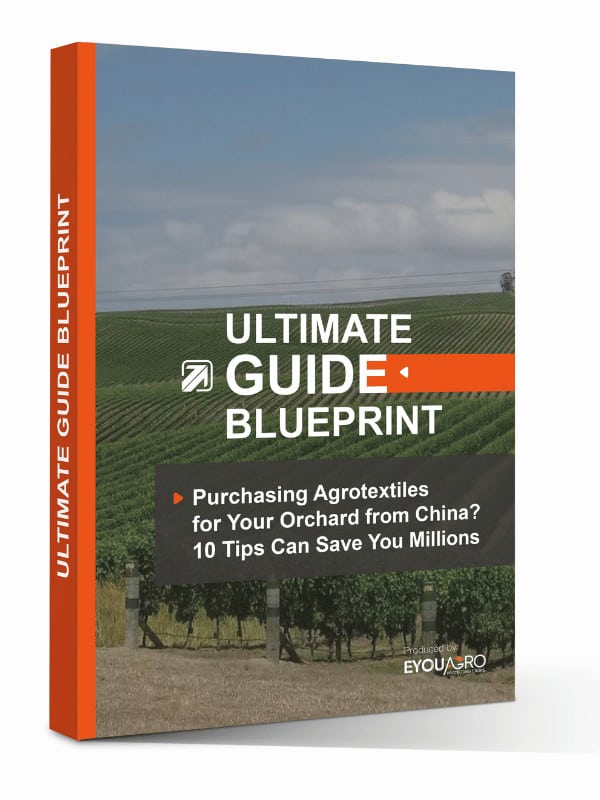Introduction
The wild animals and birds around your area cannot differentiate between the wild or commercial or domestic fruit trees. Fruits in orchards and gardens are tempting food for hungry animals. Netting is the most famous method of preventing wildlife and saving fruit.
Appropriate netting is vital as inappropriate netting can trap, injure, or even kill animals, especially birds like flying foxes and bats. Larger size netting is likely to trap animals, and their escaping struggles hurt them badly, which often leads to death.
Fruit netting trees are available with a mesh size that ensures the development of fruit and birds’ safety. Nets are an effective way of preventing birds from nesting and eating fruits.
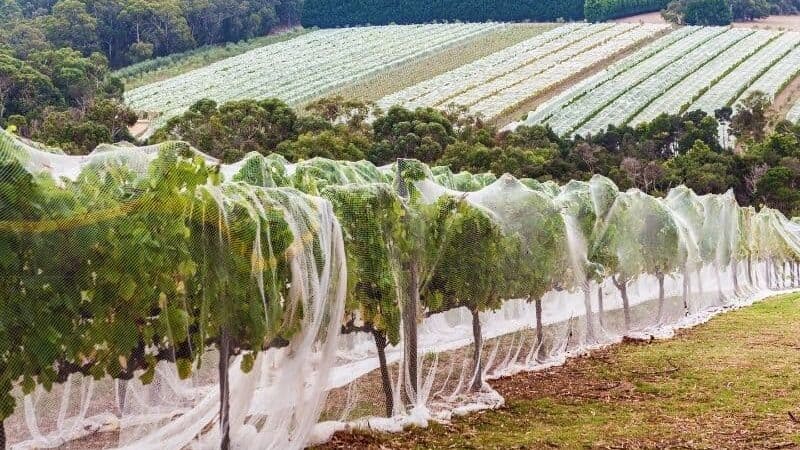
While choosing fruit tree netting, make sure you order the one with the smallest mesh size to avoid the little birds’ entrance. The small mesh size ensures the protection of fruits against small and large birds, insects, and wild animals. Before covering your fruit, tress makes sure that your installation does not trap or harm the wildlife animals. It will not only affect the animal but will damage the net.
So if you want to grow apples, peaches, cherries, and others suited to your area’s variations, you’ll love to know about the 7 secrets of fruit tree Netting.
Let’s get started.
Why are Trees Covered with Netting?
The most common reason behind netting fruit trees is to protect them from birds. Birds and other animals find the ripe fruit very appealing, and they might try to steal as much as possible. The netting acts as a barrier, preventing them from doing so.
Another reason why nets are used is to keep the fruit clean. This is especially true in the case of apples, which can easily get stained. So, apart from protecting the crops, nets also prevent fruit from staining thus allowing them to remain clean and look fresh for longer.
Another common reason why people use nets is to facilitate harvesting. Netting the tree assists in keeping the fruit on the branches so that it does not fall off before harvest time.
Fruit tree net cover can be bought in many different forms, such as bird netting and insect netting. These nets can be used to protect your trees and gardens from a variety of pests. A good quality insect net will keep some insects such as leaf-eating larvae out, while a bird net is more likely to keep out birds that eat the fruit.
Several Common Fruit Tree Netting
Fruit tree netting can be a great investment in protecting your fruit trees from hungry squirrels, birds, and other animals. If you’re interested in buying fruit tree netting for your garden, you’ve got plenty of options. Here are just a few common types of fruit tree netting that are available on the market.
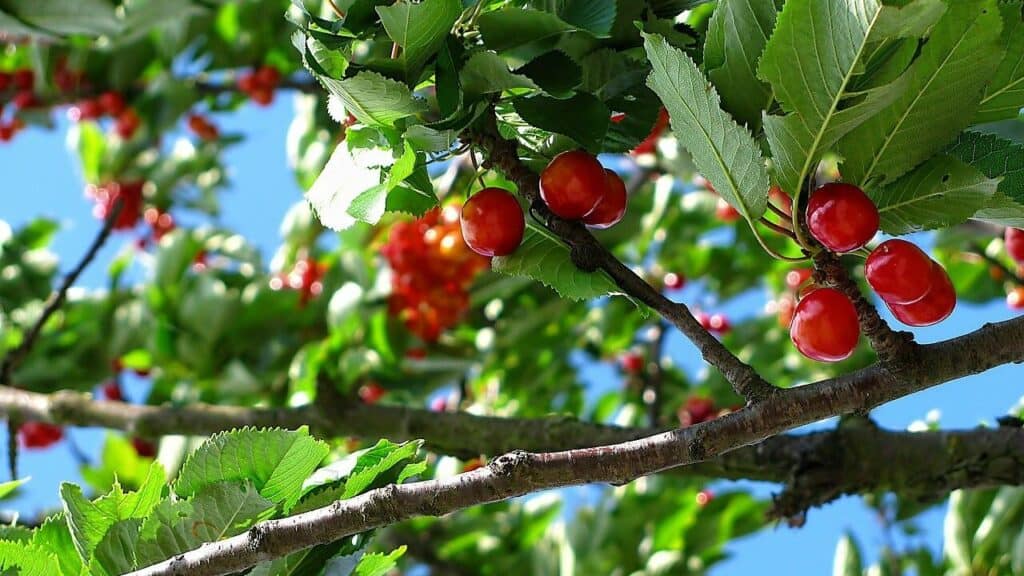
- Strawberry netting:
Insects like earwigs and slugs can be very destructive to strawberry plants. Strawberry netting is used to keep these pests away from the plants as they grow. - Blueberry netting:
Birds love blueberries, so if you’re growing them in your garden, it’s important to protect them with some kind of netting. Blueberry netting is typically made out of nylon or polyethylene mesh and covers the whole plant, protecting against both birds and insects. - Grape netting:
If you’re planning on selling your grapes at a farmer’s market or to local shops, you’ll need to use grape netting to protect them from birds and other animals. - Cherry Tree Netting:
Cherries are among the most popular fruit trees in the home garden. Unfortunately, they are also extremely susceptible to birds and other animals who enjoy their sweet taste as well as we do. We’ve seen great success in protecting cherries with bird netting. The only downside is that your cherry tree will likely bear a lot more fruit than you can handle – without the help of birds! - Citrus Netting:
Protection from flying creatures like fruit flies and bees is extremely important when it comes to growing citrus trees at home. A good bird netting product can be easily adapted for this purpose by placing it over a lightweight frame and setting it on top of your citrus trees. This will protect your crop from unwanted pests without interfering with the sun and air circulation that your citrus trees need to flourish. - Apple Tree Netting:
Apple orchards have long used netting to protect their crops from hungry birds, but apple trees grown in backyard gardens have often been neglected. Protecting your apples with a simple bird netting system will dramatically increase the amount of fruit you produce, and will keep your apples looking better through harvest time.
7 Secrets of Fruit Tree Netting
What type of fruit tree netting material is best?
The fruit tree netting material should be flexible enough to form a canopy over trees. Some plants require drape over installation, and some require row installation. Based on your requirement, choose the one with maximum flexibility. The net should be lightweight, so there is no damage to the tree while installing it. The ideal hole width should measure between half and quarter-inch to ensure that appropriate sunlight, moisture, and ventilation are assured to the tree. Look for high quality, anti-rip, and rot-free net that is durable and long-lasting.
Eyouagro offers a wide range of fruit tree netting that is UV guaranteed, temperature protected, and is environmentally friendly.
Fruit tree netting is used to protect the fruit from birds, bats, and other pests. It is a mesh netting that is draped over fruit trees or individual plants.
There are two main types of fruit tree netting materials: polyethylene and polypropylene.
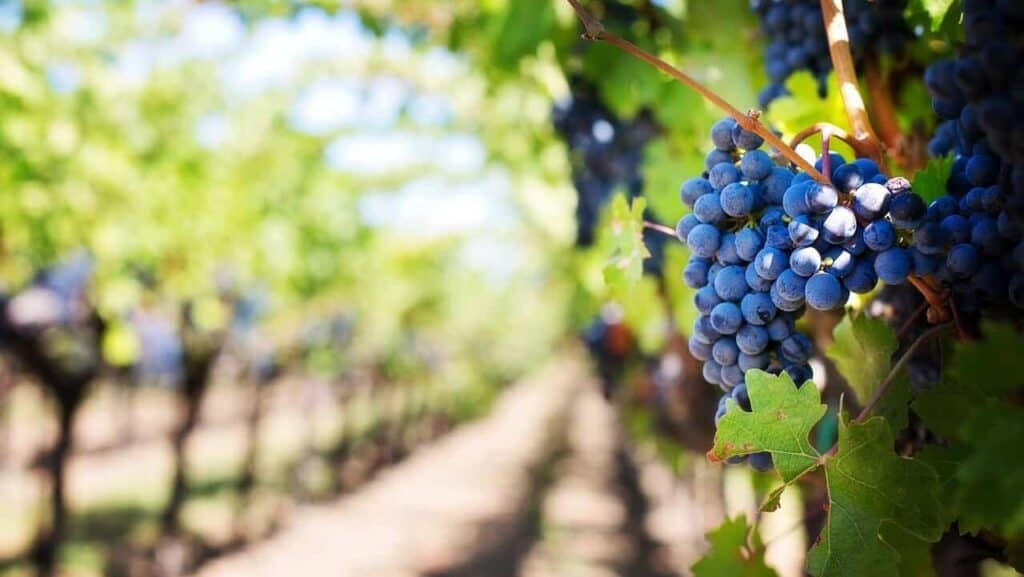
Here are some things to consider when choosing a fruit tree netting material:
- Does the material have a UV stabilizer?
UV stabilizer is necessary for any plastic material that will be exposed to direct sunlight. Without it, the netting will degrade and develop tears quickly — especially in areas where temperatures are high year-round. - Is the material rot-proof?
Rot-proofing prevents the netting from rotting away too quickly. You’ll need to replace your covers eventually, but it’s best if they last as long as possible. - How large are the holes in the netting?
Holes that are too large may allow smaller pests to get through and eat your crop. However, larger holes can allow for more light transmission, which encourages faster plant growth.
What are the netting features that do not harm wildlife?
One of the most important aspects of protecting wildlife is making sure they stay safely outside of your garden, orchard, or field—particularly if you’re growing fruits or vegetables that you really don’t want ruined by pests. This is where netting comes in!
Netting can be used to protect your crops from birds and other pests that might try to get to them. But saving wildlife is equally crucial as saving fruits is. Some net features ensure wildlife safety when covering trees.
- Mesh Size
The width of the mesh size determines the type of animal that can get in or out of it. Birds and some other small animals need larger holes for passage, whereas bats and some reptiles require smaller holes for them to squeeze through. Choose a netting that has a small enough mesh size that still allows these animals to pass through without any damage or entrapment.
A good netting should have a mesh size of between 1.5 inches and 2 inches. This is small enough for birds to not get through and big enough for squirrels and other wildlife to pass through. Squirrels are smart! They can easily remove many kinds of bird nets from trees, but if there is a gap of 1.5 to 2 inches, they will simply move on.
- Flexibility
Try to buy the fruit tree net with maximum flexibility. The net stretch decreases the death risk of entangled wild animals like a bat, possums, and flying foxes.
It’s important to pay attention to how flexible your netting is. The more flexible the netting is, the more likely it is that birds will be able to fly out of it if they do get entangled within it. The more flexible a material is, the safer it is for animals.
- Pattern
Netting also comes in various patterns. One pattern that has been shown to be more dangerous for wildlife is a diamond pattern; birds, in particular, can easily become entangled in this type of netting. A good alternative would be square-shaped netting, which has been shown not to harm wildlife as much as diamond-shaped netting does.
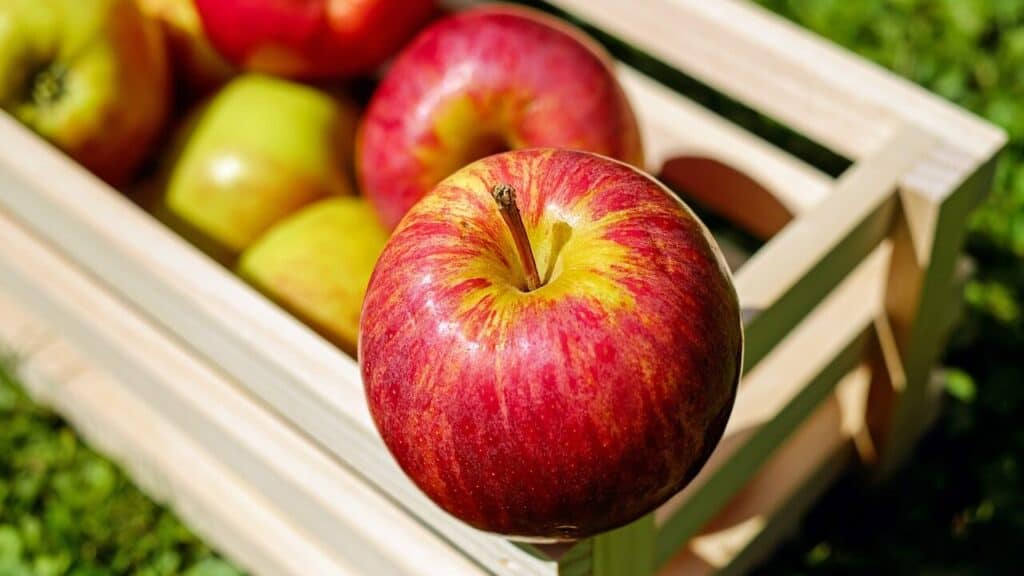
When to cover the fruit trees?
Covering the fruit trees at the right time is essential. You cannot cover your tress the entire season because this will resist the pollination process.
The right time to cover fruit trees is right after pollination.
The time at which the fruit starts to develop and is green in color. Then install netting over the trees till they are harvested to save them from any damage.
Netting protects fruits from birds, squirrels, raccoons, and other animals that can damage the crop. The net should be placed over the tree before damage starts. If you are unable to monitor your orchard on a regular basis, it may be easier to put up the netting before damage begins and leave it on until harvest.
Related Posts
Fruit Tree Cover Netting – Where to Buy?
When it comes to fruit tree netting, you want something that is strong and tough. You also want something that will allow the sun to continue to reach your plants. Fruit tree netting can be a bit tricky to find. It’s not exactly something you’ll find at your local hardware store. So what should you do if you need some?
Here at EyouAgro., we offer a range of mesh products for both industrial and agricultural applications. When it comes to protecting your fruit trees from birds and other pests, we have got you covered! We are confident that our products will exceed your expectations in terms of quality, durability, and functionality. Not only is our netting safe for the environment, but it also provides excellent protection against birds and other pests while allowing sunlight into the area with an open weave pattern that allows full airflow through its entirety!
if you are not sure which one to purchase, then contact our knowledgeable team that will guide you to choose the best.
What are the installation options for fruit tree netting?
Whether you want to protect your fruit trees from birds, deer, squirrels, or any other animal that might be eyeing your harvest, a fruit tree net can be the best solution.
There are two options to choose from for installation.
Either drape it over the tree or make a frame to hang the net in the form of a canopy or shed. You can directly apply the net over the tree; this way, the net will be in touch with the branches. The other way helps the tree branches stay away from the net, ultimately protecting the fruits.
Birds would not be able to reach the tree through frame installation. Frame installation takes time, and it has to be performed on all trees to save the harvest.
- Strawberry Netting Frames
Strawberry netting frames are designed specifically for strawberry plants. They are made of heavy-duty material that will last for many years but is also lightweight enough to make installation easy. The netting is attached at each corner of the frame with hooks, which allows for easy removal when you need access to your plants.
- Blueberry Netting Frame
A blueberry netting is similar to a strawberry one, but it’s made from a heavier material that has more protection against pests. This type of netting needs to be installed over the top of your blueberry bush or bushes before they grow too tall so that birds don’t eat their berries as soon as they ripen.
In the drape-over option, you can cover the tree from tip to toe and tie the net at the trunk to stop the squirrels and birds from getting to the fruits.
What are the advantages of using tree fruit netting?
Nothing is more annoying than watching birds and squirrels destroy your fruit crops. Animals are constantly on the lookout for food, especially during the summer months when you have fresh fruit being produced.
If you want to avoid having your fruit crop go to waste, then it’s important to invest in tree fruit netting to keep animals away from the trees.
There are enormous advantages of installing fruit tree netting besides bird protection. These are:
- Fruit tree netting has a design that protects the tree fruits without harming the birds and animals as it is a better option than shooting and baiting the wildlife to save trees.
- Tree cover netting is highly effective when applied correctly. It is one of the best ways to stop bird and fruit interaction. Fruit tree netting makes a physical barrier between birds and fruits that is beneficial for growth.
- In terms of cost, fruit tree nets are much cheaper than other sprays and shooting methods, which are harmful to fruits and yourself.
- Fruit tree netting is available in different color-making, making the birds see at a distance and save themselves from injuries.
- Fruit tree net ensures higher profitability as it is a quick solution to prevent wildlife from damaging the fruits and trees.
- Nets are a long-term investment that saves the orchards from bats and flying foxes hence protecting the valuable garden fruits.
- Fruit tree netting is versatile; it can be installed permanently or used when required. Easy to use, easy to remove, and easy to reuse.
How Much is netting
The cost of installing fruit tree netting in your orchard is largely dependent on the size of your orchard, and the type of netting you choose.
The more trees you have in your orchard, the more netting you’ll need to cover them with. The more netting you have, the higher the cost will be.
However, that does not mean that fruit tree netting is only for those with large orchards. Because of its strong durability and reusability, even those with just a few trees may find that investing in a fruit tree netting system is worthwhile and cost-effective.
How Much Does the Netting Cost?
The cost of the fruit tree netting itself is minimal compared to other methods of protecting your crops from birds. The cost of installing and maintaining bird netting is one thing to consider when looking at how much it will actually cost to install bird control systems into your orchard.
The initial cost seems high because it can be difficult to measure how much netting you will actually need until you start installing it into your orchard environment.
It’s easy to see how much you can save by using bird and wildlife netting.
You can use this simple formula to see how much you can save:
- Fruit Value = $2,500/acre
- Percent of fruit lost = 20%
- Total loss = $500/acre
- Cost of netting and installation = $0.15/sq ft
- Number of trees per acre = 100
- Tree spacing = 16′ x 16′ or 25 trees per acre
- Tree size in diameters = 15′ x 15′ or 225 sq ft for each tree
- The total amount of netting needed for one acre = 5625 sq ft (225 x 25)
- Total cost of netting and installation for one acre = $843.75 (5625 x $0.15)
- Net savings with bird and wildlife exclusion netting on one acre = $656.25
if you want the detailed cost, then contact us, our team that will guide you to choose the best.
4 common FAQs on netting for fruit trees
How to protect fruit trees from birds?
Bird netting is a perfect solution to protect your fruit trees from bird damage. It is not only resistant to rotting and weathering but also provides long-lasting protection.
It is made of polyethylene and is UV stabilized to last for several years. This mesh is a plastic mesh used for fruit trees to protect from birds.
Bird netting can be used in multiple ways: in the garden, on the land, in orchards, nurseries, vineyards, balconies, and terraces.
It offers a smart solution to get rid of birds like crows and parrots. This netting can be used at great heights as well as at ground level to prevent birds from damaging your crops.
how to protect the cherry tree from birds?
The bird netting is designed to keep birds away from your trees by making it difficult for them to access the fruit. The netting is laid over the top of the tree and then secured around the base of the trunk.
This keeps birds, squirrels, and other animals from climbing through the branches of the tree and getting at the fruit, which makes sure your cherries are protected. Once you have this netting installed, you can be sure that your fruit will be safe because it is impossible for any animal to get inside.
You also do not have to worry about using toxic chemicals on your trees, as these nets look completely natural.
how to protect fruit trees from squirrels?
The fruit tree netting can prevent the squirrels from accessing your fruit trees. This kind of netting is made of high-quality polyethylene and has a strong structure, which can effectively keep the squirrels away from your fruit trees. And it is also very insusceptible to damage from squirrels.
The netting can also protect your fruit trees from other destructive animals, like birds and bats. Once you install the fruit tree netting, you don’t need to worry about the damage caused by these pests on your fruit trees any more.
In addition, the netting is not only suitable for protecting your fruit trees, but also perfect for covering the vegetables and flowers in your garden. It will not only prevent the pests from approaching but also keep all kinds of good insects away from them.
what is the best garden netting?
Garden netting is the most effective way to keep pesky birds, insects, and animals away. The mesh keeps animals out while allowing sun and water in.
Birds, insects, and other animals can make short work of newly planted gardens. Bird netting is the most effective way to keep your garden safe from pests. The mesh allows insects, birds, and other small animals to stay out of your garden without interfering with sunlight or moisture.
Related Posts
In sum
Frit tree netting is an effective way to protect the orchards on a large scale. Your harvest can be more productive and profitable if covered at the right time. Look for the options that best suit your requirement and save wild animals’ lives. Make sure to choose the one that is the smallest mesh size as the smaller hole has a lesser chance of harming wildlife.
EYOUAGRO offers fruit tree netting with different mesh sizes. If you are unsure which one to buy, then contact our team. We have professionals who can guide you to get the best product for your orchards.
Get a quote today and enjoy the healthiest harvest of the year.

